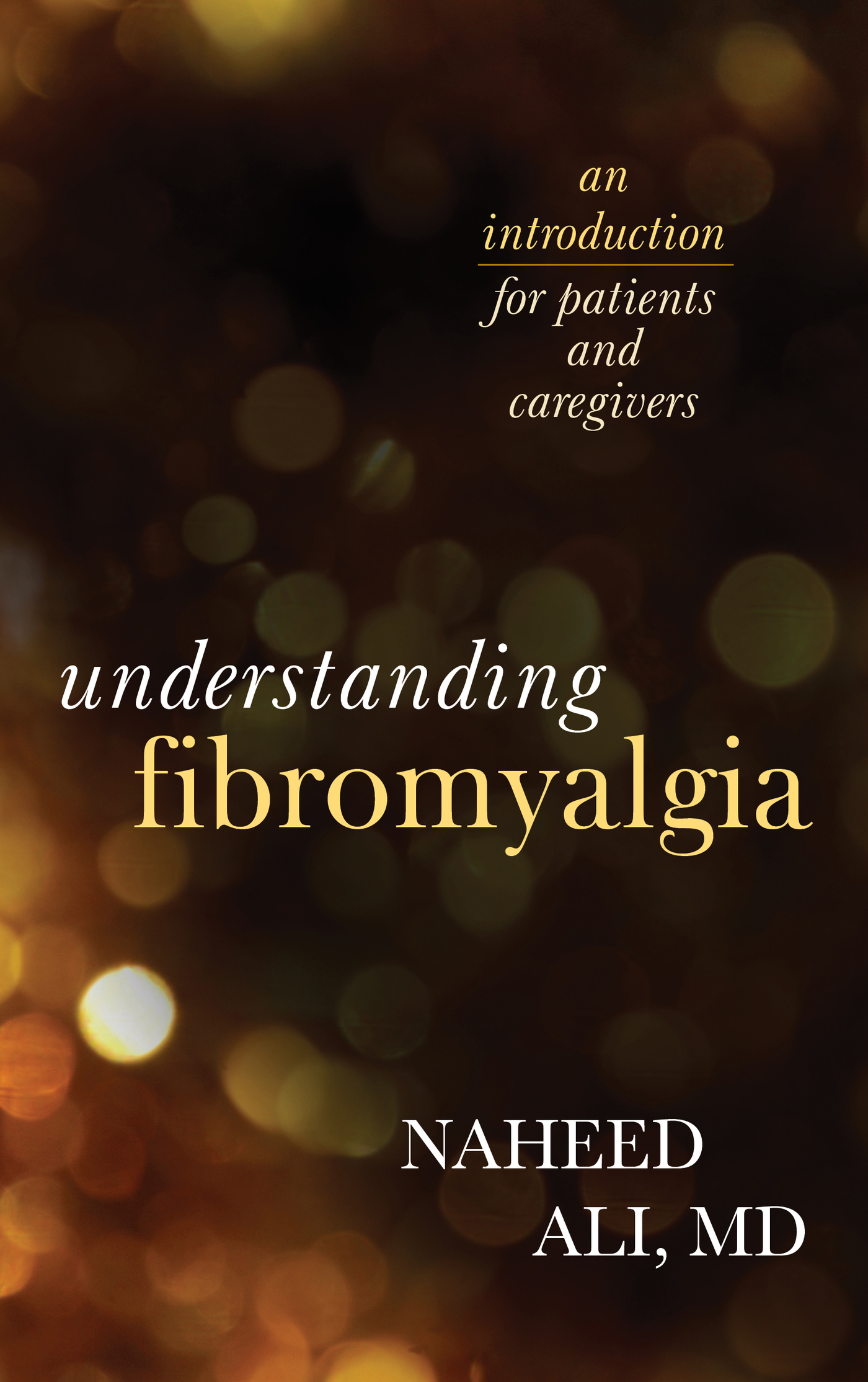Understanding
Fibromyalgia
Also by Naheed Ali
Understanding Lung Cancer:
An Introduction for Patients and Caregivers
Understanding Celiac Disease:
An Introduction for Patients and Caregivers
Understanding Chronic Fatigue Syndrome:
An Introduction for Patients and Caregivers
Understanding Alzheimers:
An Introduction for Patients and Caregivers
Understanding Parkinsons Disease:
An Introduction for Patients and Caregivers
Arthritis and You:
A Comprehensive Digest for Patients and Caregivers
Diabetes and You:
A Comprehensive, Holistic Approach
The Obesity Reality:
A Comprehensive Approach to a Growing Problem
Understanding
Fibromyalgia
An Introduction for Patients
and Caregivers
Naheed Ali
ROWMAN & LITTLEFIELD
Lanham Boulder New York London
Published by Rowman & Littlefield
A wholly owned subsidiary of The Rowman & Littlefield Publishing Group, Inc.
4501 Forbes Boulevard, Suite 200, Lanham, Maryland 20706
www.rowman.com
Unit A, Whitacre Mews, 26-34 Stannary Street, London SE11 4AB
Copyright 2016 by Rowman & Littlefield
All rights reserved. No part of this book may be reproduced in any form or by any electronic or mechanical means, including information storage and retrieval systems, without written permission from the publisher, except by a reviewer who may quote passages in a review.
British Library Cataloguing in Publication Information Available
Library of Congress Cataloging-in-Publication Data
Names: Ali, Naheed, 1981 , author.
Title: Understanding fibromyalgia : an introduction for patients and caregivers / Naheed Ali.
Description: Lanham : Rowman & Littlefield, [2016] | Includes bibliographical references and index.
Identifiers: LCCN 2015041832 | ISBN 9781442226593 (cloth : alk. paper)
Subjects: | MESH: Fibromyalgia.
Classification: LCC RC927.3 | NLM WE 544 | DDC 616.7/42dc23 LC record available at http://lccn.loc.gov/2015041832
 TM The paper used in this publication meets the minimum requirements of American National Standard for Information Sciences Permanence of Paper for Printed Library Materials, ANSI/NISO Z39.48-1992.
TM The paper used in this publication meets the minimum requirements of American National Standard for Information Sciences Permanence of Paper for Printed Library Materials, ANSI/NISO Z39.48-1992.
Printed in the United States of America
Understanding Fibromyalgia is dedicated to my readers, to fibromyalgia sufferers, and to all who provided encouragement and support for my research.
This book represents reference material only. It is not intended as a medical manual, and the data presented here are meant to assist the reader in making informed choices regarding wellness. This book is not a replacement for treatment(s) that the readers personal physician may have suggested. If the reader believes he or she is experiencing a medical issue, professional medical help is recommended. Mention of particular products, companies, or authorities in this book does not entail endorsement by the publisher or author.
Authors Note
Understanding Fibromyalgia is not meant entirely for medical professionals, yet the nonmedical reader may encounter advanced medical terminology as disbursed throughout the writing. This is often necessary to keep the book in line with the intended comprehensive review of fibromyalgia, and because certain medical concepts necessitate clarification well beyond just a modest introduction. A glossary has been placed near the back of the book to explain complex lexicon to those who are not familiar with the language of medicine. Italicized words are further defined later on in the glossary.
Preface
Fibromyalgia is a condition that can surface as fatigue, muscle stiffness, and pain, affecting the patients ability to conduct a normal life. It blights muscles, tissues, and joints, causing chronic pain, also called myofascial pain syndrome or fibromyositis. The pain sweeps through the body, leading to discomfort and distressing tendons, ligaments, and skeletal muscles. Fibromyalgia (FM) also induces pain in the tender points of the body. The number of tender points that can be active at any one time may vary over time and can be impelled by certain circumstances, such as stress. The person suffers aches in the shoulders, lower back, neck, knees, waist, and buttocks. In its development, FM moves throughout several regions. Moreover, the pain is due to biological problems in the brain.
Tender points are not large areas of pain, nor are they extents that are characterized by deep pain. They are more like superficial areas or points that can exist anywhere on the person from the back of the neck to the knees. The tender points can be identified by the fact that they are normally more sensitive than the adjoining areas and are considered a classic sign of FM.
Difficulties in Recognizing the Nature of Pain in Fibromyalgia
In many cases, it is difficult to recognize pain as FM because symptoms are similar to other diseases. Disease confirmation can take a long time (up to five years in some cases) and is based on the patients symptoms and a diagnosis of exclusion, requiring careful attention. No single test can detect FM. Laboratory testing is not required for diagnosis, but it can help evaluate the symptoms. The doctor will order tests to gage the erythrocyte sedimentation rate (ESR or sed rate), the C-reactive protein (CRP) levels, and thyroid function, and will order a complete blood count and a metabolic panel. He will also conduct a physical examination to identify other disorders that might also be present.
In 1990, the multicenter criteria committee of the
Many who suffer from FM are currently undiagnosed. Between 80 and 90 percent of FM patients are women, but it can affect anyone. The diagnosis is essential to propitiously managing care leading to a healthier life. Chronic pain, fatigue, and sleep problems are symptoms that can lead to a diagnosis, while depression and anxiety are also symptoms of FM. Many indicators may become chronic if the patient does not seek restorative treatment.
Fibromyalgia and Quality of Life
A person affected with FM can experience a significant decrease in quality of life. The sometimes unbearable pain can lead to a change in routine, impacting both work and social life, and so treatment is important. Because it is difficult to live a full life while suffering widespread pain, the origins of the pain must be ascertained properly and treated accordingly. The problem is in the brain, but it affects the entire body, from head to toe. The light at the end of the tunnel is that there are valuable medications to control the disease, and FM patients and caregivers can learn how to make certain lifestyle modifications.
Importance of Reading about Fibromyalgia
A neurological disease is a condition that impacts the brain, spine, and nervous system. There are hundreds of disorders that fall into this group, including FM. It is important to be aware of how these diseases can impact daily life. Diseases such as FM cause significant alterations in health. Education is one of the most powerful tools available. The importance of reading about health and neurological maladies such as FM may not be something most people would think to do when focused on disorders such as blood pressure, weight, or any of a variety of other conditions. Nonetheless, it is important for patients and caregivers alike to realize that these factors offer only a basic paragon of how healthy a patient may be at any point.

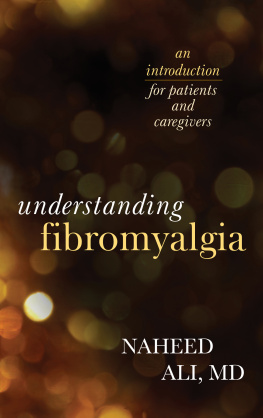
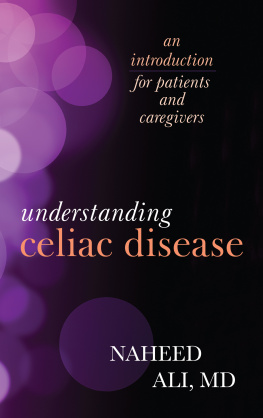
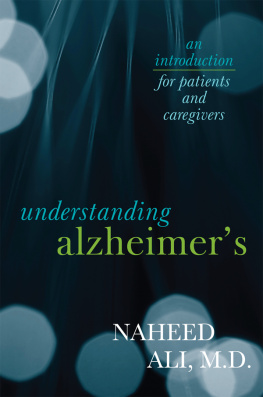

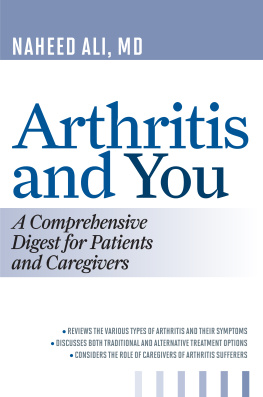

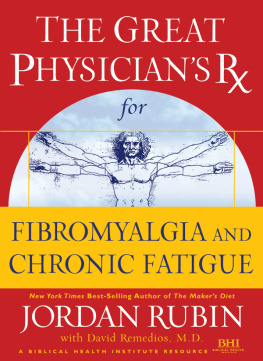
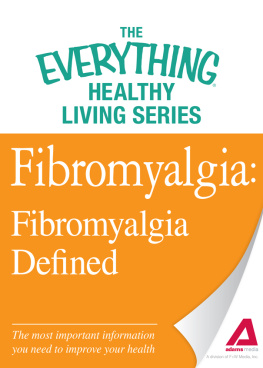


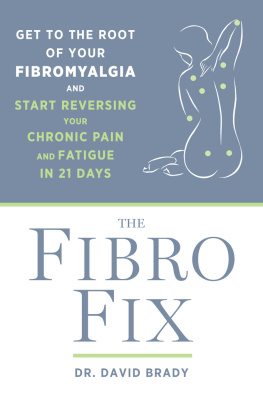
 TM The paper used in this publication meets the minimum requirements of American National Standard for Information Sciences Permanence of Paper for Printed Library Materials, ANSI/NISO Z39.48-1992.
TM The paper used in this publication meets the minimum requirements of American National Standard for Information Sciences Permanence of Paper for Printed Library Materials, ANSI/NISO Z39.48-1992.